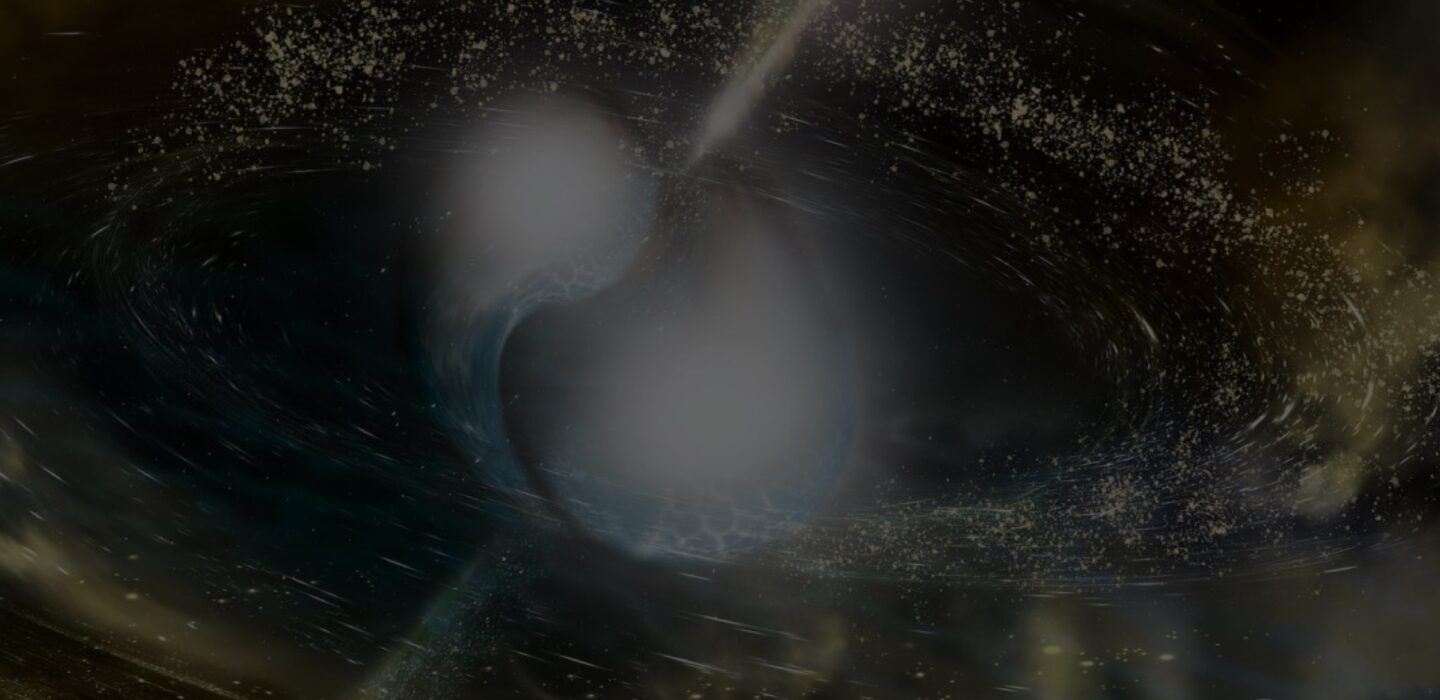MATs: Constantin Gerbig & Gene Leung

Monday, December 11, 2023
3:00pm - 4:00pm
Marlar lounge
3:00pm - 3:30pm, Constantin Gerbig
New diffusive instabilities in dusty protoplanetary disks: Setting the stage for planetesimal formation
The hydrodynamic behavior of dust in protoplanetary disks, key during the initial stages of planet formation, remains riddled with questions. In particular, there is ambiguity regarding the physical processes that can concentrate dust to densities sufficient for planetesimal formation.
Drawing upon the analogy of underwater sand ripples, I will introduce a new linear, axisymmetric instability that may resolve this question. The diffusive instability can reorganize a turbulent dust patch in the mid-plane of a protoplanetary disk into azimuthally elongated, high density filaments, provided diffusivity decreases sufficiently fast with increasing dust loading — a premise supported by our numerical simulations of protoplanetary disks where dust-gas interactions self-generate turbulent diffusion.
3:30pm - 4:00pm, Gene Leung
The high redshift universe in JWST observations: The UV luminosity function and little red dots
The first year of JWST has led to a trove of discoveries transforming our understanding of the high redshift universe. Two of the most unexpected results at such early epochs are (1) the excess of bright galaxies at z>9 and (2) a large population of potentially reddened AGN at z>4. In the first part of this talk, I will present the UV luminosity function in the high redshift universe (z>9) measured by the NGDEEP survey, the first public deep field by JWST. Combining with measurements from the CEERS survey, we present a comprehensive analysis covering a broad absolute magnitude range. The combined dataset reveals an excess of bright galaxies beyond both theoretical predictions and empirical expectations. Conversely, the faint end aligns with predictions, albeit at the higher boundary.
Our findings suggest that the processes leading to this excess may be luminosity dependent. In the second part of this talk, I will discuss the curious population of z>4 objects known as "Little Red Dots" (LRDs) discovered by JWST. Leveraging MIRI data from the PRIMER survey, we model the spectral energy distribution of 66 LRDs, aiming to discern the presence of active galactic nucleus (AGN) emissions in the mid-infrared wavelengths, predominantly produced by AGN-heated dust. We find evidence of two populations of LRDs, each exhibiting mid-IR emission dominated either by AGN or stellar processes. I will discuss the physical interpretations of the nature of each scenario.
Speakers
- Constantin Gerbig, Yale University Gene Leung, University of Texas
Hosts
Event Contacts
- Minghao Yue Daniele Michilli